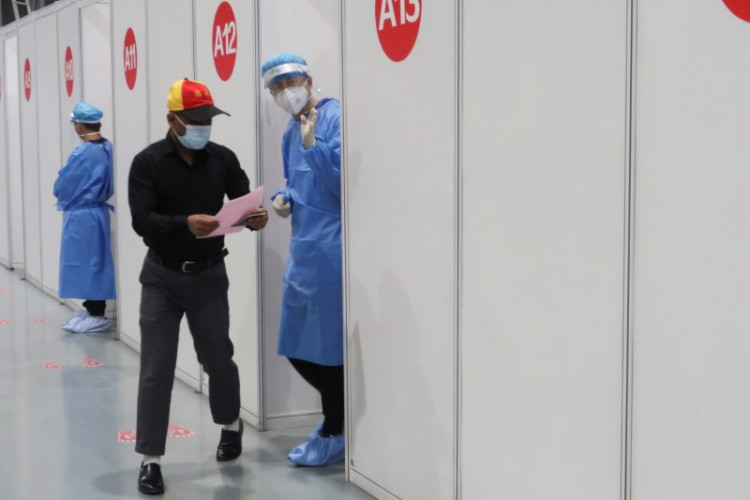An Oliver Wyman survey conducted in December has found that 62% of non-policyholders in China planned to purchase health insurance, and 44% of existing policyholders were considering increasing their coverage.
In December, 47% of those wanting to spend more on that health category said they planned to spend more on health insurance. According to the report, this is up from 32% in October.
"There's a much higher health concern after this latest wave, but after the entire pandemic the health consciousness of the Chinese consumer has increased a lot," Kenneth Chow, principal at Oliver Wyman, said.
The survey revealed that even for those in their early twenties, plans to spend more money on eating come second to health. The percentage of respondents who stated they intended to spend more on each item, less the percentage who stated they wanted to spend less, was used to rank the categories in the study.
Hospitals all throughout the world were under pressure from the pandemic. However, given the increase in COVID cases in December, the situation in China has highlighted the disconnect between the nation's public health system and its second-place ranking in the world economy.
The Chinese government has invested considerable political and financial capital in advancing the public health system of the nation over the past 15 years.
According to Qingyue Meng, executive director of Peking University's China Center for Health Development Studies, one of the hurdles to upgrading China's public health system is its fragmented financing system.
In China, healthcare providers receive funding from four sources: social health insurance, the government health budget, essential public health programs, and out-of-pocket payments, which are "managed by different authorities without effective coordination in budget management and allocation," according to Meng's December article in The Lancet.
According to the World Bank, the U.S. leads the world in terms of health spending per person, with an estimated $10,921 in 2019. Similar to Mexico, China's equivalent value was $535.
In addition households in China pay a larger proportion of their health care costs: 35.2% as opposed to 11.3% in the U.S.
According to Roberta Lipson, the founder of United Family Healthcare, the severe strain on state hospitals-including a lack of capacity-has pushed a large number of new patients seeking COVID and non-COVID care to facilities run by the company in China.
Lipson's organization operates more than 20 clinics in significant Chinese cities in addition to 11 hospitals with international standards.
"This experience is also driving increased interest in commercial health insurance which could cover access to premium private providers," she said. "We are helping patients to understand the benefits of commercial insurance. This will have a lasting impact on demand volume for private healthcare services."
Mainland China quickly ended its strict COVID contact tracing requirements in early December. Infections increased, with hospitalizations reaching a high of 1.6 million nationally on Jan. 5, according to official data.
According to Chinese health officials, almost 60,000 COVID-related deaths occurred in Chinese hospitals between December 8 and January 12, with the majority of the victims being older citizens.
The number of new deaths each day has significantly decreased from its peak, but the statistics don't account for COVID patients who may have passed away at home. Anecdotes describe a public health system that was overburdened with patients at the height of the wave and extended ambulance wait times. In hospitals, nurses and doctors frequently put in extra shifts while ill themselves.






